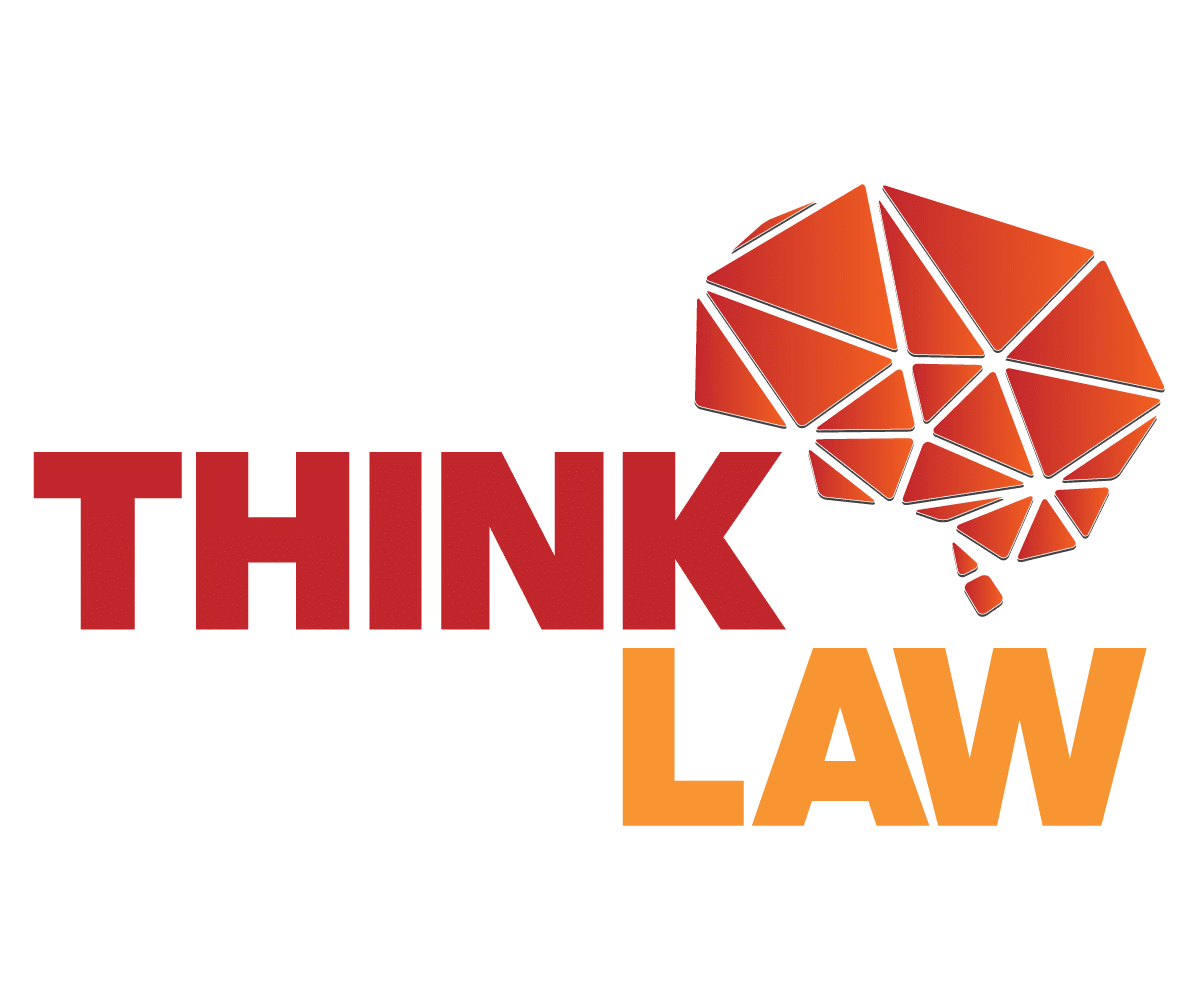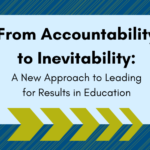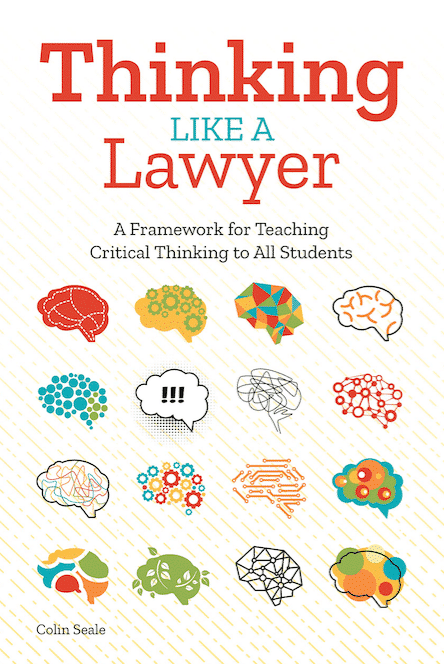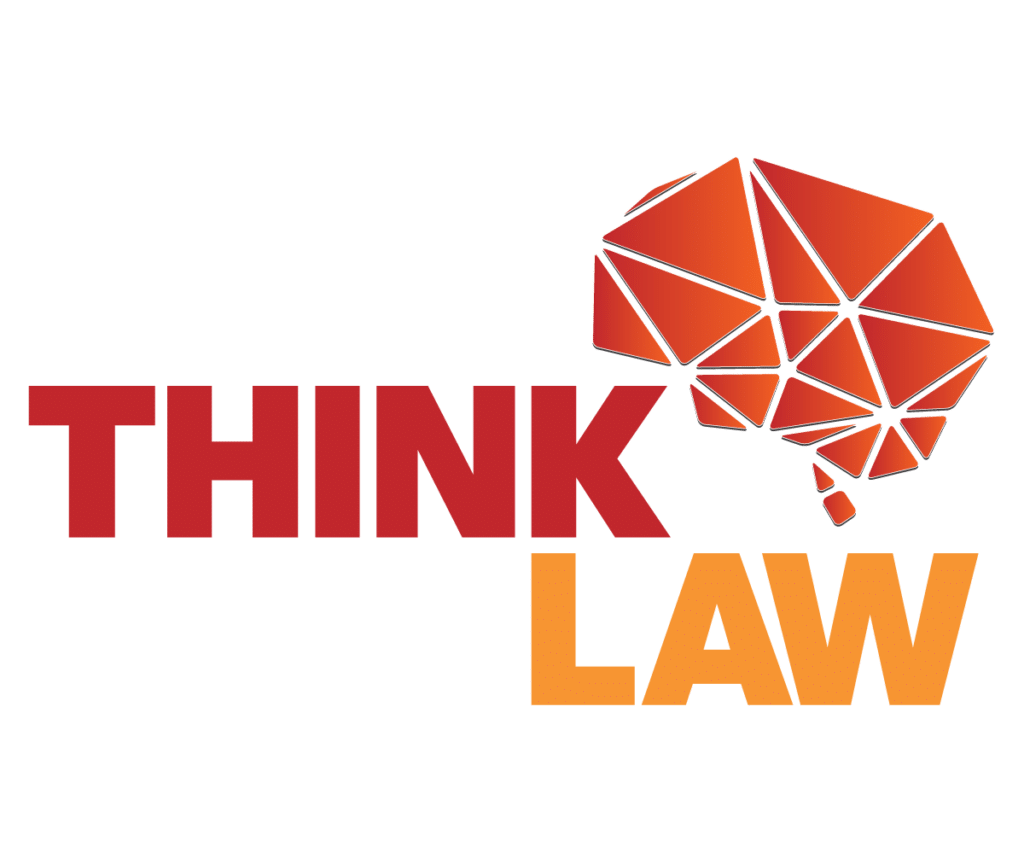[et_pb_section fb_built=”1″ admin_label=”section” _builder_version=”3.22″][et_pb_row admin_label=”row” _builder_version=”3.25″ background_size=”initial” background_position=”top_left” background_repeat=”repeat” hover_enabled=”0″ sticky_enabled=”0″][et_pb_column type=”4_4″ _builder_version=”3.25″ custom_padding=”|||” custom_padding__hover=”|||”][et_pb_text admin_label=”Text” _builder_version=”3.27.4″ background_size=”initial” background_position=”top_left” background_repeat=”repeat”]
This week thinkLaw is headed to the Behavior, Education, Technology Conference (BET-C) – a convening of K-12 administrators, teachers and trainers who are working to raise achievement and mitigate disruptive behaviors that stand in the way of that achievement. In our session we ask the question “Why do some of the smartest students do dumbest stuff.”
I don’t need to cite studies or statistics for you to know that we have a serious issue with the way we approach discipline in education. But as much as we hear about the disparate consequences for students of color and the unintended (or maybe intended) consequences of zero tolerance policies, this isn’t an essay about those injustices. This is an essay about how educators can best serve the students I firmly believe are best-equipped to be the leaders we need in the 21st century. If we do this right, the “bad” students of today can easily become the phenomenal leaders we need to lead us into our future.
This past school year, I attended 35 education conferences as Founder of thinkLaw. And there was A LOT of talk about leadership. Leaders go against the grain. They march to the beat of their own drum. They ask for forgiveness, not permission. They defy norms. They don’t follow the rules, they change the game. In fact, we lionize the most innovative people in business and industry and call them “disruptors.” Given that all of these descriptions also apply to “bad” students, we must accept that our disciplinary practices force us to leave potential greatness on the table for far too many.
Constructive Chaos
To be clear, I understand fully that students cannot learn in a chaotic classroom where students are doing whatever they feel like with no structure and no consequences. This is not a call for schools to adopt the exact opposite of a zero-tolerance policy. But imagine a world where instead of thinking of students who always get into some sort of trouble as “bad,” we see their leadership potential and own up to the necessary, albeit challenging responsibility to help them fulfill this potential?
One of the keys for unleashing their full potential for 21st century leadership is tapping into their critical thinking potential. For example, last year thinkLaw partnered with Miley Achievement Center, a Las Vegas, NV school in the Clark County School District for students who typically cannot return to their schools for an extended period because of severe disciplinary infractions. On its face, this doesn’t sound like a group of students who would normally be in a program that teaches critical thinking through real-life legal cases. That’s for the gifted & talented kids, the Advanced Placement classes, or the honors courses. But in reality, “bad” students, or “disruptors” as I’ll call them, are particularly equipped to thrive when challenged with critical thinking. According to Gordon Stewart, Miley’s Assistant Principal, thinkLaw’s lessons “engaged students in critical thinking exceptionally well, especially because so many of our students already spend so much time thinking about gray areas.” In other words, when you create classroom spaces for learning where talking is encouraged, motivation is intrinsic, and students bring their so-called disruptive tendencies to the table as an asset in the learning process, we all win.
Where Does Your Bias Lean? Toward Potential or Toward Weakness?
I’ve asked thousands of educators this question during critical thinking workshops I’ve delivered across the country: would you describe yourself as a “good” student or a “bad” student, over 80% of educators labeled themselves “good” – rule-followers who rarely got in trouble. Growing up, I was in the other 20%. But I was lucky because at a very young age, a teacher’s aide saw past my nonsense and asked my mom to get me tested for entry into the gifted and talented program in another district. And when I got in, the craziest thing happened: the same behaviors I would get in trouble for: talking, arguing, getting out of my seat, laughing too hard (yup, that was a thing), and asking “smart alec” questions (that was a thing too) – these behaviors were rewarded in my gifted class. In fact, my class was always pretty loud and chaotic. And it probably was that way because the teacher at the front of the class presumed that every single student was capable of learning and being challenged with rigorous and engaging content. Don’t let your bias determine how you view “disruptors” in your class. Instead, ensure you seek out strategies to unleash the unlimited potential of these natural leaders and not just rein them in.
[/et_pb_text][/et_pb_column][/et_pb_row][et_pb_row _builder_version=”4.9.0″ _module_preset=”default”][et_pb_column type=”4_4″ _builder_version=”4.9.0″ _module_preset=”default”][et_pb_text _builder_version=”4.9.0″ _module_preset=”default”]
LIKE WHAT YOU SEE HERE? DIG DEEPER WITH US BY:
>> Connecting With Us On Twitter, Facebook, LinkedIn & Instagram
>> Joining Our Exclusive Facebook™ Group
>> Getting A Copy of Colin Seale’s Best- Selling Book, Thinking Like A Lawyer
>> Joining the Raising Critical Thinkers program, exclusively for parents
>> Requesting A Custom Quote For Your Needs
[/et_pb_text][et_pb_image src=”https://www.thinklaw.us/wp-content/uploads/2021/08/rctctajerry.png” title_text=”RCT” url=”https://www.raisingcriticalthinkers.us” url_new_window=”on” _builder_version=”4.9.0″ _module_preset=”default” border_radii=”on|5px|5px|5px|5px”][/et_pb_image][/et_pb_column][/et_pb_row][/et_pb_section]







Leave a Reply